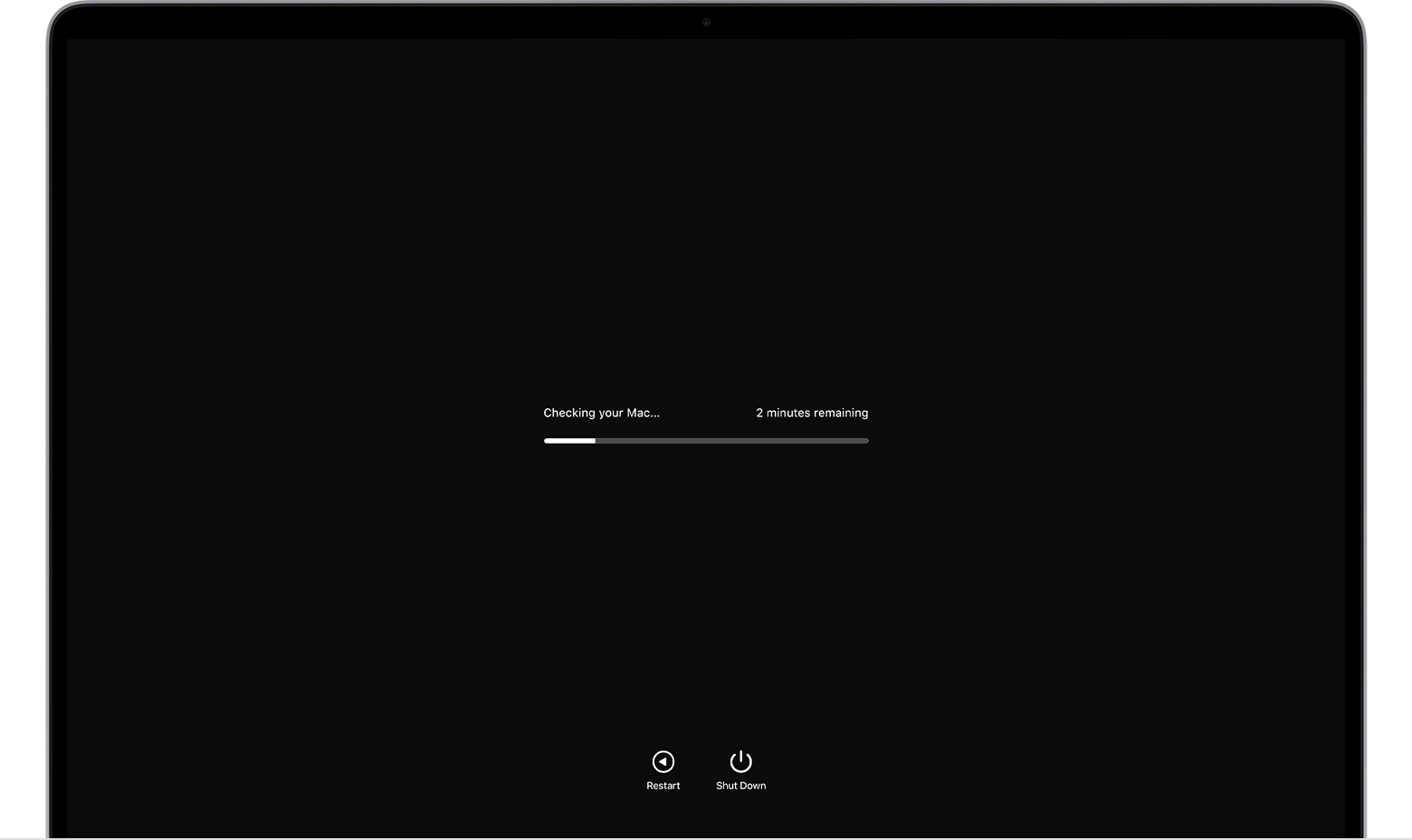
- #APPLE DIAGNOSTICS NOT STARTING YOSEMITE INSTALL#
- #APPLE DIAGNOSTICS NOT STARTING YOSEMITE SOFTWARE#
- #APPLE DIAGNOSTICS NOT STARTING YOSEMITE PASSWORD#
- #APPLE DIAGNOSTICS NOT STARTING YOSEMITE MAC#
If you’ve forgotten the password, you will need to reset it before you begin.
#APPLE DIAGNOSTICS NOT STARTING YOSEMITE PASSWORD#
You must know the login password in order to log in. The login screen appears even if you usually log in automatically. Safe mode is much slower to start and run than normal, and some things won’t work at all, including wireless networking on certain Macs.

#APPLE DIAGNOSTICS NOT STARTING YOSEMITE SOFTWARE#
Note: If FileVault is enabled in OS X 10.9 or earlier, or if a firmware password is set, or if the startup volume is a software RAID, you can’t do this. If you've started from an external storage device, make sure that the internal startup volume is selected in the Startup Disk pane of System Preferences. Finding out which one is a process of elimination. If you can start up now, one of the devices you disconnected, or a combination of them, is causing the problem. Use a different keyboard and/or mouse, if those devices are wired. Disconnect all wired peripherals except those needed to start up, and remove all aftermarket expansion cards. Press and hold the power button until the power shuts off. If there's a built-in optical drive, a disc may be stuck in it. If you're using a USB keyboard connected to a hub, connect it to a built-in port. If need be, replace or recharge the batteries. Press and hold the button on the side of an Apple wireless keyboard to make it discoverable.
#APPLE DIAGNOSTICS NOT STARTING YOSEMITE MAC#
If a desktop Mac hangs at a plain gray screen with a movable cursor, the keyboard may not be recognized. Sometimes a startup failure can be resolved by resetting the NVRAM. According to Apple documentation, you need at least 9 GB of available space on the startup volume (as shown in the Finder Info window) for normal operation. Otherwise, start up from an external drive, or else use the technique in Step 1b, 1c, or 1d to mount the internal drive and delete some files. You might be able to start up in safe mode even though you can't start up normally. If you had previously seen warnings of low disk space, this is almost certainly the case. If the startup process stops at a blank gray screen with no Apple logo or spinning "daisy wheel," then the startup volume may be full. If the internal drive of the non-working Mac is user-replaceable, remove it and mount it in an external enclosure or drive dock. This technique won't work with USB, Ethernet, Wi-Fi, or Bluetooth.ĭ. Use the working Mac to copy the data to another drive. If you have access to a working Mac, and both it and the non-working Mac have FireWire or Thunderbolt ports, start the non-working Mac in target disk mode. You'll use the Recovery installer, rather than downloading it from the App Store.Ĭ.
#APPLE DIAGNOSTICS NOT STARTING YOSEMITE INSTALL#
Otherwise, if you have Internet access, follow the instructions on this page to prepare the external drive and install OS X on it. If you already have an external drive with OS X installed, start up from it. If Step 1a fails because of disk errors, and no other Mac is available, then you may be able to salvage some of your files by copying them in the Finder. You don't need a DVD if you're running OS X 10.7 or later.ī. Start up from the Recovery partition, or from a local Time Machine backup volume ( option key at startup.) When the OS X Utilities screen appears, launch Disk Utility and follow the instructions in this support article, under “Instructions for backing up to an external hard disk via Disk Utility.” The article refers to starting up from a DVD, but the procedure in Recovery mode is the same. You need an external hard drive to hold the backup data.Ī. There are several ways to back up a Mac that is unable to start.

If you don't care about the data that has changed since the last backup, you can skip this step. If you want to preserve the contents of the startup drive, and you don't already have at least one current backup, you must try to back up now, before you do anything else. The first step in dealing with a startup failure is to secure the data. To restart an unresponsive computer, press and hold the power button for a few seconds until the power shuts off, then release, wait a few more seconds, and press it again briefly.
/article-new/2015/04/diagnosticport1-800x610.jpg)
Take each of these steps that you haven't already tried.


 0 kommentar(er)
0 kommentar(er)
